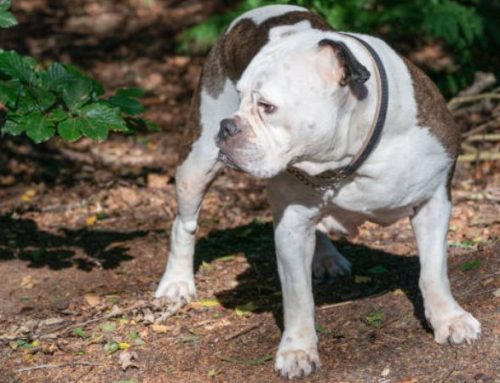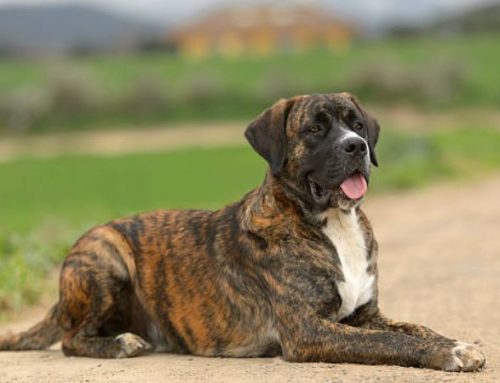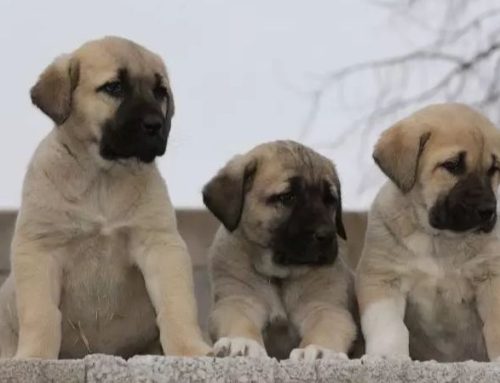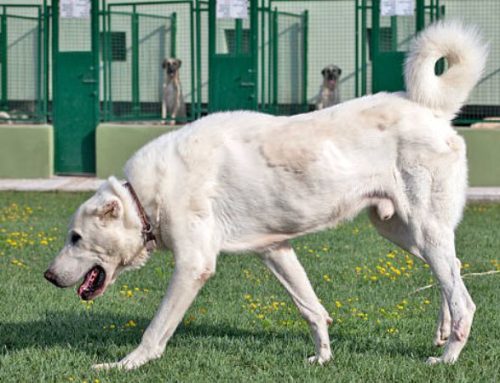Have you ever noticed your cat suddenly acting restless, vocal, or unusually affectionate, seemingly out of nowhere? These behaviors are often linked to her heat cycles. With Nexus-Pets, we’ll dive into when female cats go into heat, how long each cycle lasts, and the key signs to watch for, so you can better understand your cat’s needs and keep her comfortable throughout these natural stages of her life.
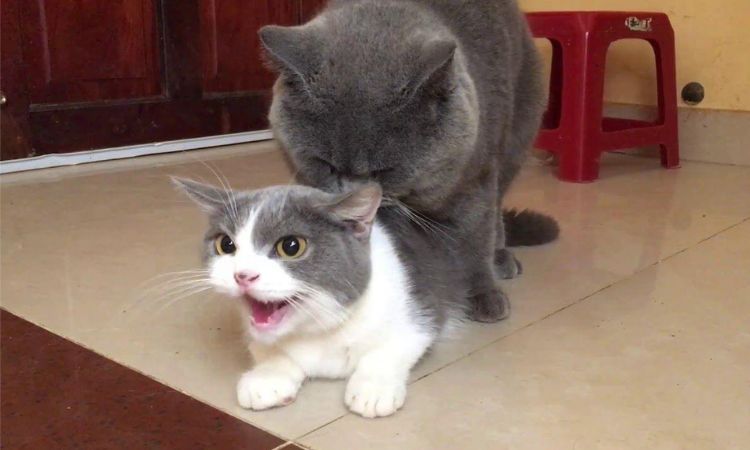
How Often Do Female Cats Go Into Heat?
Female cats are polyestrous, which means they can go into heat multiple times during each breeding season. Typically, a cat’s breeding season lasts from early spring (around February) to late autumn (October), although the exact timing can vary depending on geographic location and environmental factors.
Cats living indoors with controlled lighting and temperature may experience heat cycles year-round, because artificial conditions mimic the natural cues that trigger reproductive cycles. During these periods, a female cat may enter heat every few weeks, with each cycle lasting approximately 3–14 days, usually around a week on average.
It’s important for cat owners to monitor their cats during heat cycles to prevent unwanted pregnancies and to ensure their feline friends remain comfortable and healthy.
Duration of Each Heat Cycle
The heat cycle in female cats, also known as the estrus cycle, varies in length but typically lasts around 7 days, with a possible range of 3 to 14 days depending on the individual cat, breed, age, and environmental factors. Understanding the different stages of the cycle can help cat owners anticipate behavioral changes and manage their cat’s comfort.
Stages of the Heat Cycle:
- Proestrus (1–2 days): This is the initial phase of the cycle, during which hormone levels begin to rise. There are usually no visible signs, although subtle behavioral changes like increased affection or slight restlessness may occur.
- Estrus (7 days on average): Estrus is the actual heat phase, when a female cat is fertile and displays clear behavioral signs such as vocalizing, rubbing against objects, adopting mating postures, and seeking attention. This is the stage most owners recognize as “being in heat.”
- Interestrus or Metestrus: If the cat does not mate or ovulate, she enters a short resting phase called interestrus, typically lasting 1–3 weeks before the next cycle begins. If mating occurs but eggs are not fertilized, this phase is called metestrus, which can last 30–40 days.
- Anestrus: Anestrus is the inactive phase that occurs between breeding seasons, usually lasting 2–3 months. During this time, hormonal activity is minimal, and the cat shows no signs of heat.
Overall, a cat may experience multiple heat cycles per breeding season, with behaviors repeating in accordance with these stages. Monitoring these cycles helps owners provide comfort, prevent unwanted pregnancies, and maintain the cat’s health.
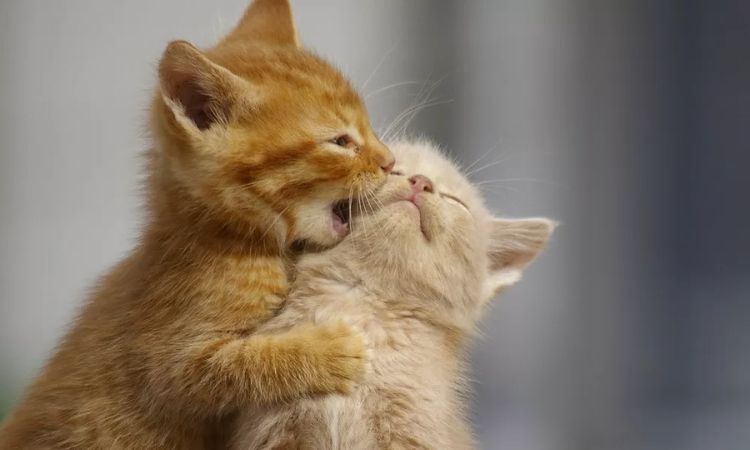
How Many Months Per Year Are Female Cats in Heat?
Female cats are considered seasonally polyestrous, meaning they can go into heat multiple times within a breeding season. For most cats, the active heat months span roughly 5 to 8 months per year, typically from February to October in the Northern Hemisphere. The frequency of cycles within this period is often every 2 to 3 weeks, especially if the cat does not mate and ovulate. Each cycle generally lasts about 7 days on average, though it can range from 3 to 14 days depending on the individual cat.
While most adult female cats will continue to have regular cycles throughout the breeding season, older cats may experience fewer cycles as they age. Cats that are spayed will no longer go into heat, effectively stopping the reproductive cycle and eliminating associated behavioral changes.
Articles you may be interested in: Cat in Heat? What to Expect When Your Female Cat is Calling for a Mate
The length and frequency of a cat’s heat cycles are influenced by factors such as breed, age, environmental conditions, and indoor lighting. Indoor cats exposed to artificial light and controlled temperatures may experience cycles year-round, even outside the typical breeding months. Understanding these patterns helps cat owners manage behavior, prevent unwanted pregnancies, and maintain their cat’s comfort and well-being throughout the year.
A cat’s first estrous cycle generally begins at about six months of age. However, factors like season and weight can influence this, so understanding the signs of heat and preparing for spaying are crucial steps for every cat owner.



